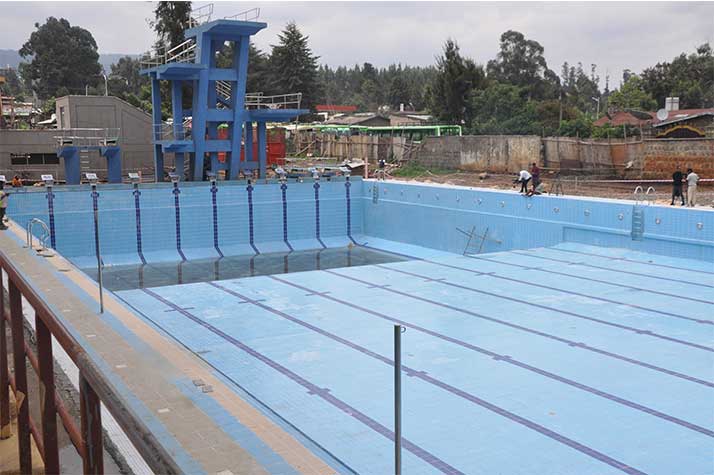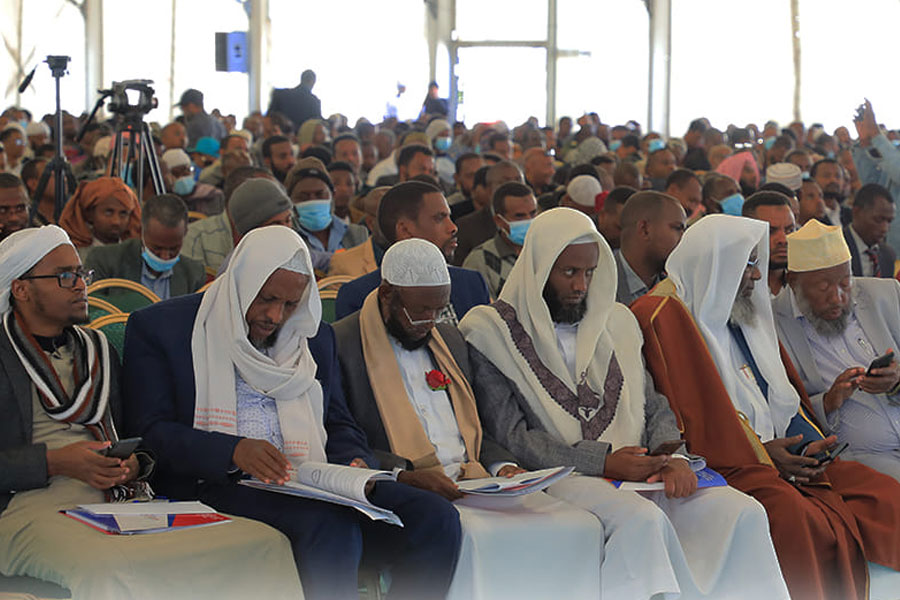
Fortune News | Nov 23,2019
For the second time in a month, the National Bank of Ethiopia (NBE) availed a nine-billion-Br loan to cash-strapped commercial banks at a competitive bidding interest rate.
The central bank, which is concerned with the unusual liquidity crisis affecting multiple financial institutions, wrote a letter to all of the banks on January 17, 2020, inviting them to apply for the loan. It limited the maximum value a particular bank can apply for at 30pc of the total value, which is 2.7 billion Br.
In offering the loan, the Bank set the lowest interest rate at nine percent, which is 4.5 percentage points lower than the average lending rate of the commercial banks.
On the same date, 12 of the 16 banks applied for the loan, which has a maturity period of one month. The minimum and the maximum rate offered by the banks was nine percent and 10pc, respectively. The banks were notified of the result and told to sign the agreements.
The current season is known as a time when banks suffer from liquidity issues, since they pay dividends to shareholders and profit taxes to the government simultaneously. However, the situation is unusually severe this year, according to bank executives.
The central bank requires banks to maintain liquid assets of not less than 15pc of their net current liabilities. Last fiscal year, the banks' liquidity ratio stood at 17.2pc, registering a percentage point growth from the preceding year.
The average loan-to-deposit ratio of both private and state banks showed a three percentage point increase last fiscal year, reaching 58.7pc.
However, the ratio fell to as low as 10pc recently at some banks, according to sources close to the case.
On Saturday, January 18, 2020, Yinager Dessie (PhD), the governor of the central bank, called all of the presidents and board chairpersons of the banks for a meeting. The agenda was to discuss how to manage the current liquidity levels at the banks, which had alarmed NBE officials, according to sources.
During the meeting, the governor warned the banks not to use the money for loans and advances, according to sources close to the case. He also notified them to use the money to settle outstanding payments.
During the meeting, the governor also stated that the liquidity level at some banks grew worse, adding that he will be holding weekly follow up meetings with these banks until the liquidity level is adjusted.
Three weeks ago, on December 25, 2019, the NBE offered 5.5 billion Br in loans to the banks. All of them applied for a total of 8.7 billion Br in loans, oversubscribing the offer by 3.2 billion Br. In their loan applications, the maximum interest rate offered was 15.29pc, while the minimum was nine percent. The winning weighted-average interest rate at the time was 10.6pc.
The current loan is the second one that the NBE offered at a competitive interest rate. Previously, it had been lending money to the private banks at their maximum lending rate.
PUBLISHED ON
Jan 18,2020 [ VOL
20 , NO
1029]

Fortune News | Nov 23,2019

News Analysis | Jul 01,2023

Fortune News | Mar 28,2020

Radar | Aug 31,2019

My Opinion | Jul 02,2022

Dec 22 , 2024 . By TIZITA SHEWAFERAW
Charged with transforming colossal state-owned enterprises into modern and competitiv...

Aug 18 , 2024 . By AKSAH ITALO
Although predictable Yonas Zerihun's job in the ride-hailing service is not immune to...

Jul 28 , 2024 . By TIZITA SHEWAFERAW
Unhabitual, perhaps too many, Samuel Gebreyohannes, 38, used to occasionally enjoy a couple of beers at breakfast. However, he recently swit...

Jul 13 , 2024 . By AKSAH ITALO
Investors who rely on tractors, trucks, and field vehicles for commuting, transporting commodities, and f...

Jul 12 , 2025
Political leaders and their policy advisors often promise great leaps forward, yet th...

Jul 5 , 2025
Six years ago, Ethiopia was the darling of international liberal commentators. A year...

Jun 28 , 2025
Meseret Damtie, the assertive auditor general, has never been shy about naming names...

Jun 21 , 2025
A well-worn adage says, “Budget is not destiny, but it is direction.” Examining t...